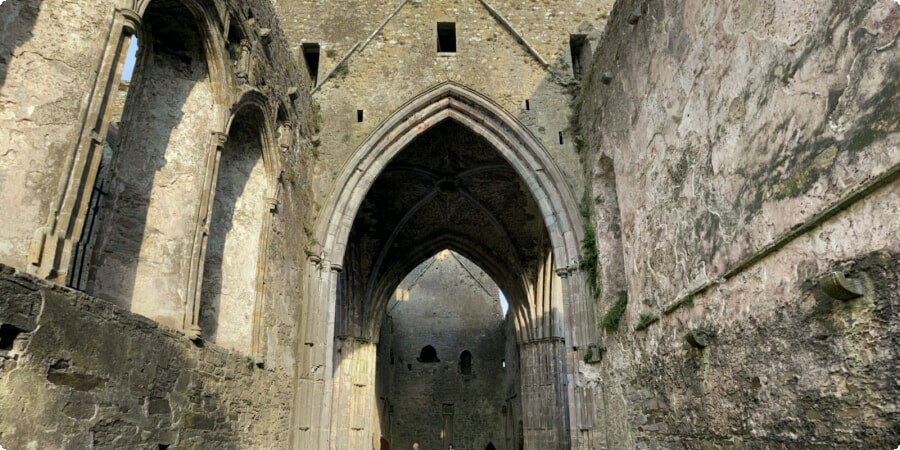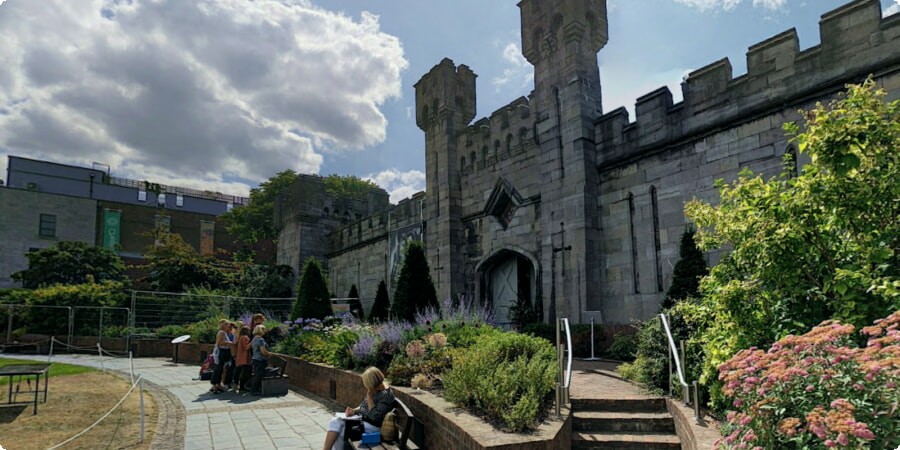A Glimpse into Ancient Rome: Discovering the History of the Pantheon
Welcome to the heart of ancient Rome, where history whispers through the ages and the echoes of the past resonate in every stone. Amidst the bustling streets and majestic ruins, one architectural marvel stands as a timeless testament to the ingenuity and grandeur of the Roman Empire: the Pantheon.
Origins and Construction
Step back in time to the reign of Emperor Hadrian in the 2nd century AD, a period of unparalleled cultural and architectural achievement in ancient Rome. It was during this golden age that the Pantheon was conceived, envisioned as a grand temple dedicated to the gods of Rome.
Architectural Design and Engineering
As you stand before the majestic facade of the Pantheon, prepare to be awestruck by its sheer architectural brilliance. The Pantheon's iconic dome, with its massive dimensions and perfect proportions, is a marvel of engineering and design that continues to inspire awe and admiration to this day.
Link: Pantheon - Wikipedia
Crafted with meticulous attention to detail, the dome of the Pantheon is a testament to the ingenuity of ancient Roman architects. Its construction relied on innovative techniques, including the use of lightweight concrete and a series of progressively lighter concrete rings, to create a structure that appears weightless and ethereal.

For travelers planning to explore the wonders of ancient Rome, it's recommended to book a hotel using this link. Located in the heart of the city, these hotels offer the perfect base for discovering iconic landmarks such as the Pantheon, ensuring a memorable and immersive experience in the Eternal City.
Purpose and Function
Originally commissioned by Marcus Agrippa during the reign of Augustus as a temple dedicated to all the gods of ancient Rome, the Pantheon served as a place of worship and reverence for centuries. Its monumental columns and imposing facade were a testament to the power and glory of the Roman Empire, while its vast interior space provided a sacred sanctuary for religious ceremonies and rituals.
Historical Significance
Throughout its storied history, the Pantheon has witnessed the rise and fall of empires, the ebb and flow of civilizations, and the passage of time itself. From its origins as a pagan temple to its conversion into a Christian church in the 7th century, the Pantheon has remained a symbol of continuity and resilience, bearing witness to the enduring spirit of Rome.

Renovations and Preservation Efforts
Over the centuries, the Pantheon has undergone numerous renovations and preservation efforts to ensure its survival and maintain its architectural integrity. From repairs to the dome and facade to the restoration of ancient frescoes and mosaics, these ongoing efforts are a testament to the enduring legacy and cultural significance of this iconic monument.
For travelers seeking to immerse themselves in the rich history and culture of Italy, it's recommended to book a hotel using this link. With a wide selection of accommodations available across the country, ranging from luxury resorts to boutique hotels, you're sure to find the perfect place to stay while exploring the wonders of Italy, including the iconic Pantheon in Rome.
Legacy and Influence
The legacy of the Pantheon extends far beyond its physical presence in the heart of Rome. As one of the most iconic architectural achievements of ancient Rome, the Pantheon has left an indelible mark on the world of architecture and design. Its innovative use of space, light, and materials continues to inspire architects and engineers to this day, serving as a timeless example of human ingenuity and creativity.

Exploring the Surrounding Area in Rome
Beyond the Pantheon itself, the surrounding area in Rome is a treasure trove of historical and cultural wonders waiting to be discovered. From the majestic ruins of the Roman Forum to the awe-inspiring Colosseum, there's no shortage of iconic landmarks and hidden gems to explore in this ancient city.
-
Roman Forum: Wander through the ancient ruins of the Roman Forum, once the political, religious, and commercial center of ancient Rome. Marvel at the remains of ancient temples, basilicas, and government buildings that bear witness to the glory and grandeur of the Roman Empire.
-
Colosseum: Step back in time as you visit the Colosseum, the largest amphitheater ever built and a symbol of Roman engineering and entertainment. Explore the underground chambers and arena where gladiators once fought for their lives, and imagine the roar of the crowd echoing through the ages.
Capturing the Grandeur: Photography Tips for the Pantheon in Italy
Capture the timeless beauty and grandeur of the Pantheon with these photography tips and techniques, ensuring that you can preserve your memories of this ancient masterpiece for years to come:

-
Golden Hour: Take advantage of the soft, warm light of sunrise or sunset to capture stunning photos of the Pantheon bathed in golden hues. The soft, directional light creates depth and texture, enhancing the intricate details of the temple's architecture and design.
-
Composition: Experiment with different perspectives and compositions to capture unique and compelling images of the Pantheon. Consider framing the temple against the backdrop of the sky or incorporating elements of the surrounding landscape to add visual interest and depth to your photos.